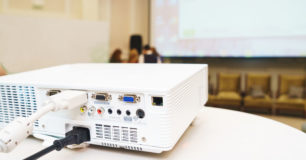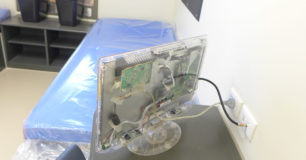Background
Since the early 1980s there have been rapid and profound technological changes in society. Digital technology has become an integral part of our lives. We use swipe-card technology and mobile phones to pay for items and services. We conduct social and economic transactions via email, web-based, or social media platforms. And we continue to adapt …
Read moreConclusions
Western Australia has not given sufficient priority to the development of digital technology for people in custody. There is no centralised coordination or strategy. As a result, progress has been ad hoc and opportunities have been missed. We have fallen behind other states and territories. Access to digital technology for education purposes has driven some …
Read moreKey findings
Access to digital technology for people in custody in Western Australia is poor Compared with other Australian jurisdictions Western Australia has poor access to computers and in-cell devices. On average there is only one computer accessible for every 15 people held in custody. In addition, there is considerable variation between facilities based on how each …
Read moreRecommendations
Recommendation 1: Identify and manage the risks associated with in-cell technology, with the intent to expand the availability of in-cell computer access. Recommendation 2: Establish a model to determine the appropriate ratio of computers to prison population, which accounts for the needs of the prison cohort, and increase the number of computers where needed. Recommendation …
Read more


